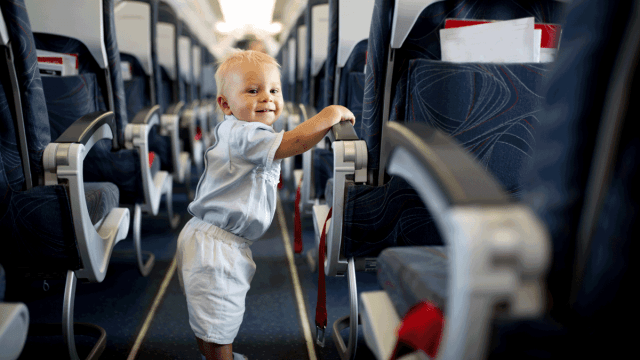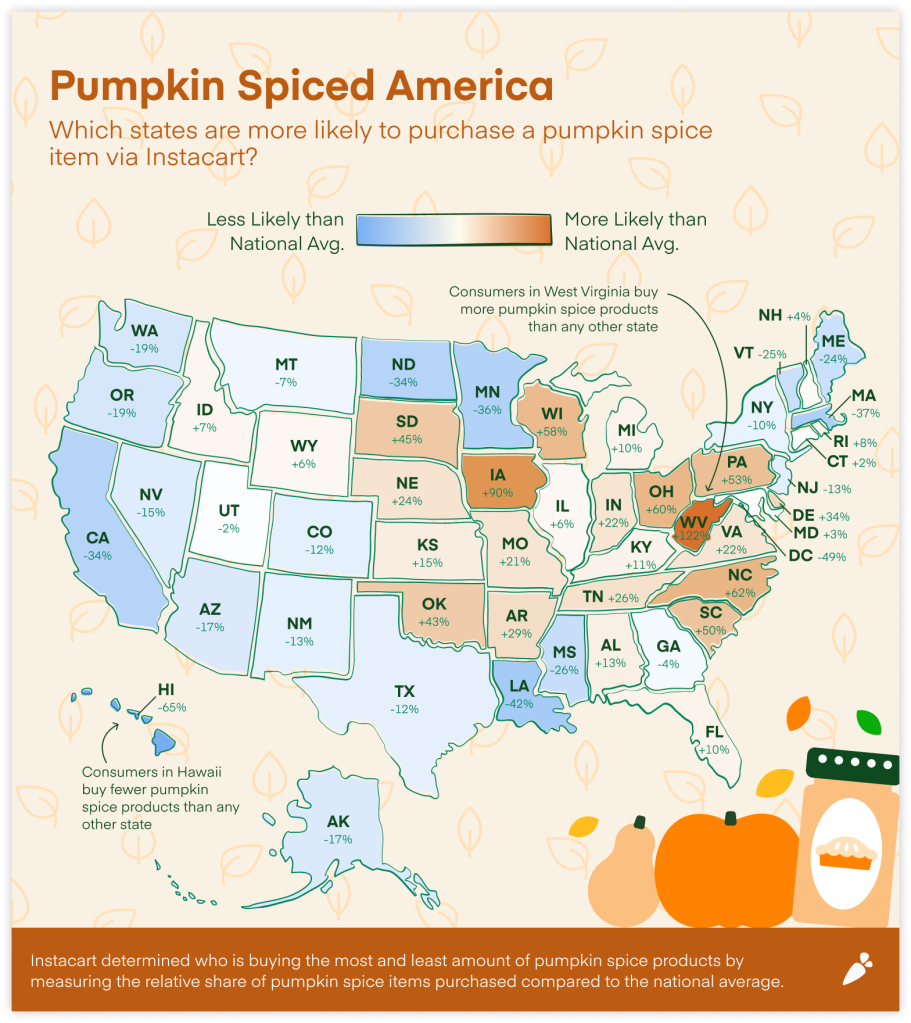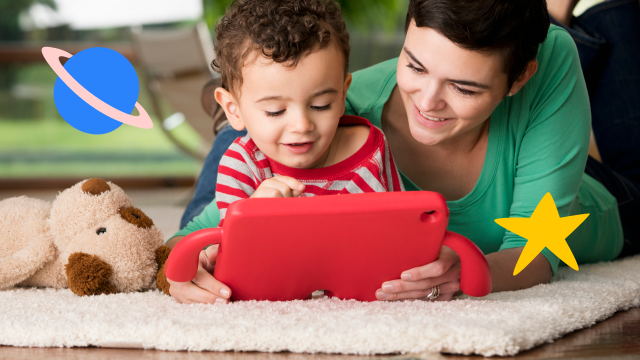Try these seven tips and find the best price for your next plane ticket
Family vacations mean special memories and a ton of fun, but the price tag for airfare often creates barriers to the perfect getaway. The days of stalking last-minute flight deals are over. Now, it’s all about planning, flexibility, and a little luck. Also, you must be decisive and book when the prices drop because those rarely last. So, get ready to plan your next family vacation and save money on airfare whenever you book a ticket.

Stay Flexible
Yes, we get it; the dates aren't flexible if you plan to travel over the holidays or during a school break. But if you have the option to stay flexible, airfare often goes up and down depending on your travel dates. Scott Keyes, co-owner of Scott's Cheap Flights, explains that Tuesday, Wednesday, and Saturday are the cheapest days to travel. Conversely, Friday and Sunday are usually the most expensive days. Also, he talks about the importance of flipping your vacation planning around. Search for destinations with inexpensive airfare first, then pick your dates based on the prices. Again, it's all about flexibility.
Book Flights at the Right Time
You've heard timing is everything. Well, with airfare, that is true. Veteran travelers know the best day to buy plane tickets used to be Tuesday. But according to Expedia, Sunday is the prime day for buying the cheapest plane tickets in 2023. However, book on Friday, and you may spend as much as 15% more on international and 5% on domestic flights. Either way, save that money by booking your flights on a good day. Also, you'll find the best prices 1-3 months before a domestic flight and anywhere from 2-10 months before an international flight.
Watch Flight Deals (and book!)
Track your destination, dates, and prices via Google Flights, Momondo, etc. You can set email and text alerts to get all the price changes in real-time. The tricky part is knowing when to break out the credit card. The good news, most airlines give you a 24-hour grace period to cancel your ticket after booking. But be sure to read the fine print before you finalize your reservations, and go for it while the prices are low.

Sign up for Fare Alerts
In a time when every tip and hack is available all over the internet for free, it is difficult to think about paying for an alert subscription. It is worth it. Deal alert websites and newsletters charge a fee to provide real-time deal alerts based on your travel interests and parameters. You can set your notifications to fit your schedule and needs. Websites like Scott's Cheap Flights and Thrifty Traveler offer instant deals, alerts, and elusive error fares. These websites are the perfect place to start if you are ready to book your flights at a moment's notice.
Put Your Money to Work
Search Facebook for groups with thousands of members teaching everyone else how to earn free travel through travel-centric credit cards. Unfortunately, sometimes the how-tos of credit card points read like a college textbook. But the work is worth it in the end. Hotel credit cards are a great option if you often book both airfare and hotels together. For instance, the Hyatt Visa Card includes free nights each year and an excellent point-for-dollar match.
Secret Hack: Get Near Your Destination and Travel from There
Start by finding the best price for airfare from your starting location to anywhere on the same continent as your final destination. For example, it is often cheaper to fly a budget airline like Ryanair from place to place in Europe or take a bus to your final destination in South America. Get creative to find the best price, and stay flexible throughout the planning process.
Consider Budget Airlines
Flying is a means to an end. You want to save your money for the fun you are going to have in your destination, not on the flight. Check out airlines like French bee (which offers direct flights to Paris and Tahiti from the US for cheap) in addition to the more well-known carriers. They may not have all the frills of the larger airlines but they'll get you where you need to go with more money in your pocket.


















